Unravel the Wonders of Kedarkantha Trek: Experience Its Best Seasonal Bliss
The raw, pristine beauty of Kedarkantha is so mesmerizing that almost every season seems to be calling to enjoy it. There are very few places in the Himalayas that are as insanely captivating as Kedarkantha trek. It offers such unique features that virtually seem to exist in fantasy land. The never ending excitement and thrill that you experience by walking these trails is incredible.
Now the question arises – Which time of the year should I choose to visit Kedarkantha Trek to enjoy it maximum? It turns out, every season has its own distinct flavors to add to this trek. Well, monsoon could obviously be a bit of a disappointing phase, spring and summer generate a refreshing and reviving environment. Winter, on the other hand, has a magic of its own. Thus, this landscape is too compelling to just ignore, no matter which season.
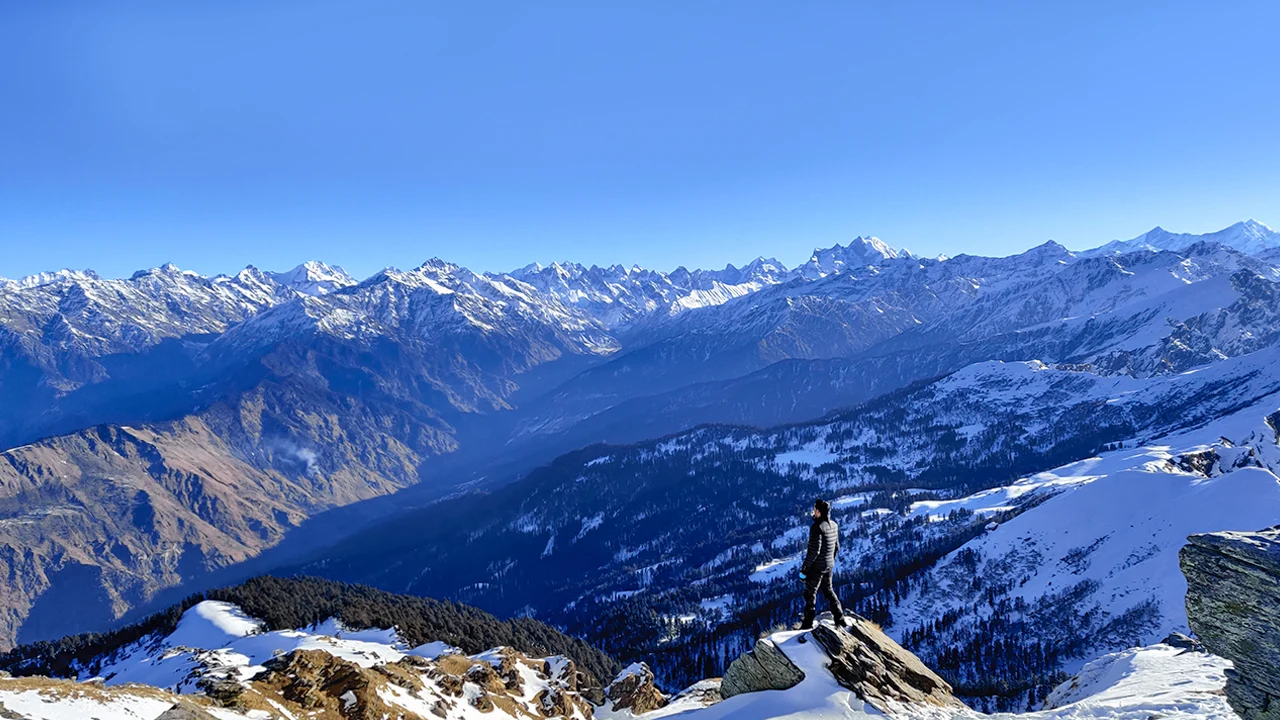
Be it thrill seekers, adventure buffs, nature lovers, or simply wanderers, Kedarkantha trek continues to surprise at every instant. This treasure-trove of beauty is also a perfect destination for spiritual fulfillment and mindfulness. Whether you are a beginner or a seasoned trekker, you are bound to feel the thrill that you expect to experience.
The Perfect Season to Discover Kedarkantha’s Amazing Splendor
Kedarkantha Trek is located in the Garhwal region of Uttarakhand. Nestled at a height of 12500 feet, this entire trek falls in Govind Wildlife Sanctuary – a stunning landscape in the midst of nature. This trek takes 6 days to complete, covering a distance of approximately 20 km.
Right from the very start of the trail, you will sense something extraordinary about the Kedarkantha trek. After catching the initial glimpse of its peaks, you head towards beautiful forests. The winding trails along the route take you through spectacular land formations. In some places the climb to the summit is so outstanding that it thrills you rather than it spooks you.
Now we are going to break down the whole Kedarkantha Trek journey in terms of seasonal experience. That would lend you a better perspective and idea to choose the Best time to visit kedarkantha. Let’s take a look to determine which season fares best for you.
- Winter Season
- Spring Season
- Summer Season
- Monsoon Season
- Autumn Season
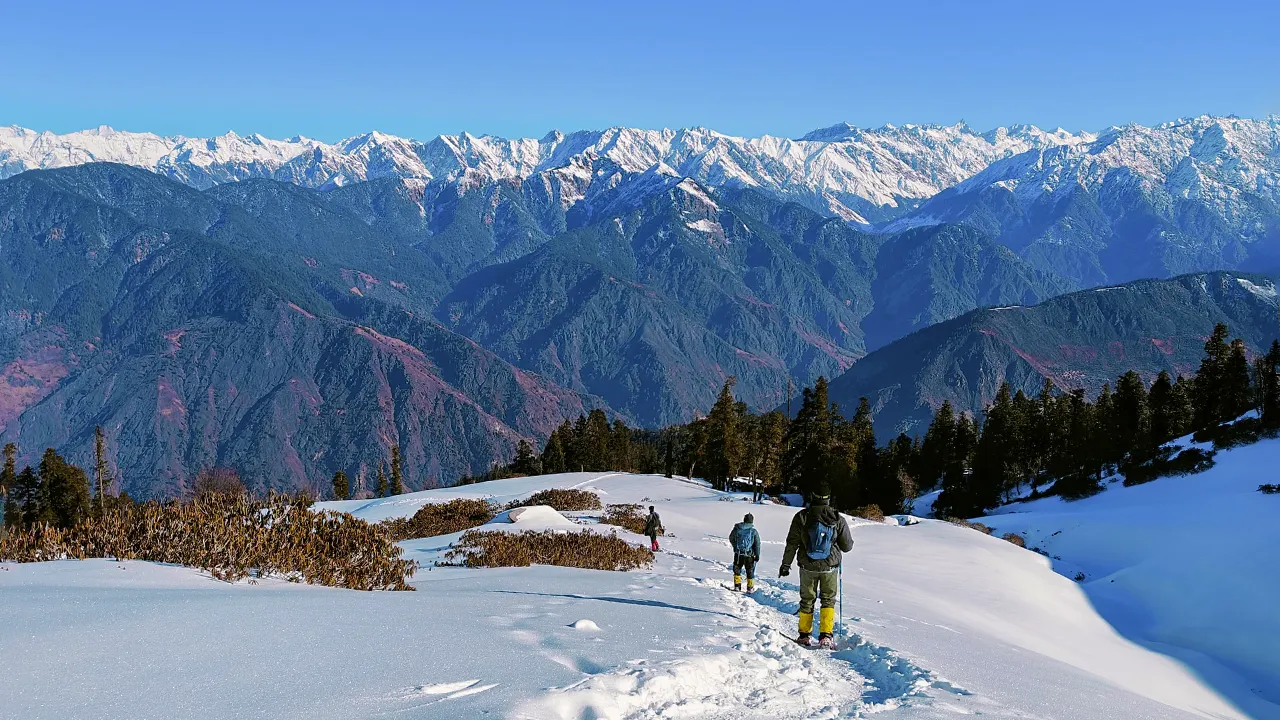
If you are looking forward to experiencing a picture-perfect terrain to stir your senses, winter months are awaiting. The snowfall blankets the trails providing a picturesque visual all around you. The sound of fresh snow crushing beneath your shoes takes you a bit closer to nature. You must sometimes have felt the need to be at the right place and right time for photography. Well, this season provides you such ample opportunities to capture your perfect moments. These clicks will definitely be the best images to be remembered for a lifetime.
Every place looks like a fragment of paradise that you always wanted to be a part of. The campsites look like colorful bubbles on a vast carpet of snow. The pine and cedar trees, completely engulfed by snow, appear like uncanny mannequins. As you leave the Sankri village, you make your way to Juda Ka Talab – a breathtakingly beautiful lake, completely frozen in winters. After a delightful climb to the top, you are simply awestruck with what lies right in front of you. It’s a heavenly landscape of a 360 degree view of outstretched Himalayan peaks.
Winter months are from December to February, with January experiencing the highest amount of snowfall. So it is ideal for adventure seekers who want to enjoy extreme cold and challenging environments. It is, therefore, advisable to pack clothing with at least three layers along with reliable, durable and gripping shoes. Despite the cold weather, this trek is beginner-friendly, too due to its gradual climb and well-marked trails. Thus, in winters after navigating your way up to the top, the Kedarkantha Trek may be a bit challenging yet extremely rewarding. The hike is no less than an accomplishment.
| Temperature | Average Daytime: 5 to 13 C Average Nighttime: -5 to –15 C |
| Weather | Chilly, cold winds, snowfall |
| Attributes | Snow-covered landscapes, frozen lakes, streams and waterfalls |
| Who should visit | Adventure seekers, photography enthusiasts |
| Clothing | Multiple layers, thermals, insulated jackets, gloves |
| Difficulty | Moderate and requires more physical stamina |

The spring season typically includes March and April. As you know spring is characterized by pleasant ambience, it’s a perfect time for trekkers to witness nature’s vibrancy in full display. As the snow melts, the trail leaves an enchanting remnant of winter to spring transition. In other words, what emerges after the transition are breathtaking greenery and an amusing exhibition of vivid colors.
The month of March doesn’t completely get rid of snow. You can see it at higher elevations as you move up to the peak. As for temperature, the days are pleasant and comfortable, while nights are still chilly. In April, the snow is almost gone and you are welcomed by even more vibrant weather. Spring season transforms the landscape into enchanting scenery. The forests come alive due to blooming flowers of rhododendron trees. Locally known as Buransh, this flower is the state flower of Uttarakhand. These flowers paint the whole forest with striking red and pink colors.
Since the trail passes through the Govind Wildlife Sanctuary, you might get a chance to see a diverse wildlife. In the spring season, nature is in its full glory and many bird species get your attention with their distinct sounds. So it’s an ideal place for bird watching. Apart from that, Kedarkantha trek also offers many exotic animal species such as snow leopard, Himalayan black bear, musk deer, and Himalayan Monal. Furthermore, the “Juda Ka Talab” lake displays a mirror-like visual in the first morning light.
| Temperature | Average Daytime: 14 to 16 C Average Nighttime: 0 to 5 C |
| Weather | Pleasant, mild, chilly, clear skies |
| Attributes | Blooming rhododendron flowers, mix of snow and greenery, fresh spring meadows |
| Who should visit | All trekkers; who are more comfortable with moderate temperatures. |
| Clothing | Warm layers, fleece, thermal inners |
| Difficulty | Easy to moderate. Little snow is still there, so one needs to be a bit careful. |
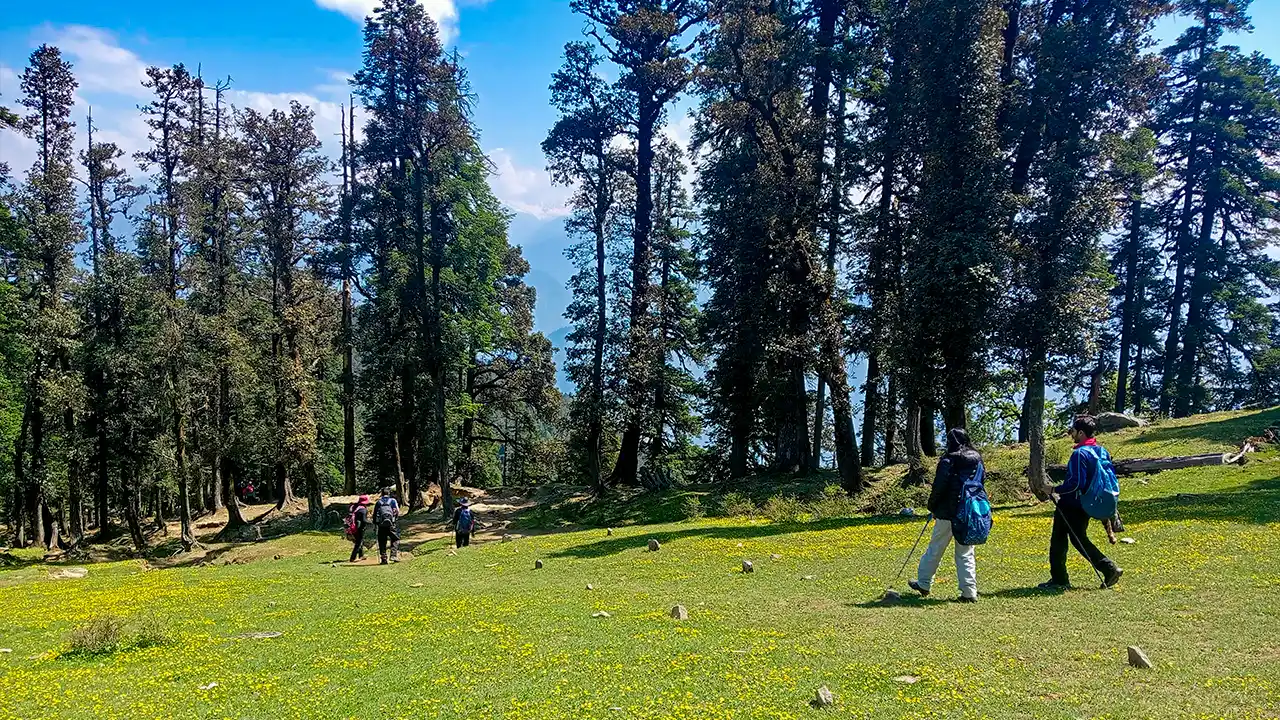
Kedarkantha Trek in summers is a completely different wonderland altogether. The months of May and June make the summer season, which is profoundly bright and pleasant in the Himalayas. The clearings above the forest trails start appearing sprinkled by colorful wildflowers. The meadows get their refreshingly green hue right at the beginning of the season.
During daytime the weather is warm and cozy, while temperature totally plummets in the night. This variation makes this trek even more intriguing. The vast meadows look like an aesthetically pleasing art of which every feature is painted in a calculative manner. The lush forest covers of Oak and rhododendron burst into life with many unique songbirds. The interplay of shade and sunlight through these forest trails is really a delight to watch.
Your summer trekking of Kedarkantha trek is incomplete without experiencing the magic of campsites here. This trek is known for intermittent clearings in the middle of forests. These open spaces prove great resting places by setting up camps. These beautifully laid campsites on the trek are also perfect spots for sunsets and stargazing.
| Temperature | Average Daytime: 10 to 20 C Average Nighttime: 5 to 10 C |
| Weather | Pleasant, warm, mildly cold in night |
| Attributes | Lush greenery, beautiful meadows, wildflowers, excellent view of Himalayan peaks |
| Who should visit | Wildlife photography enthusiasts, beginners, families |
| Clothing | Light layers, breathable clothes, jackets for nights |
| Difficulty | Easy |
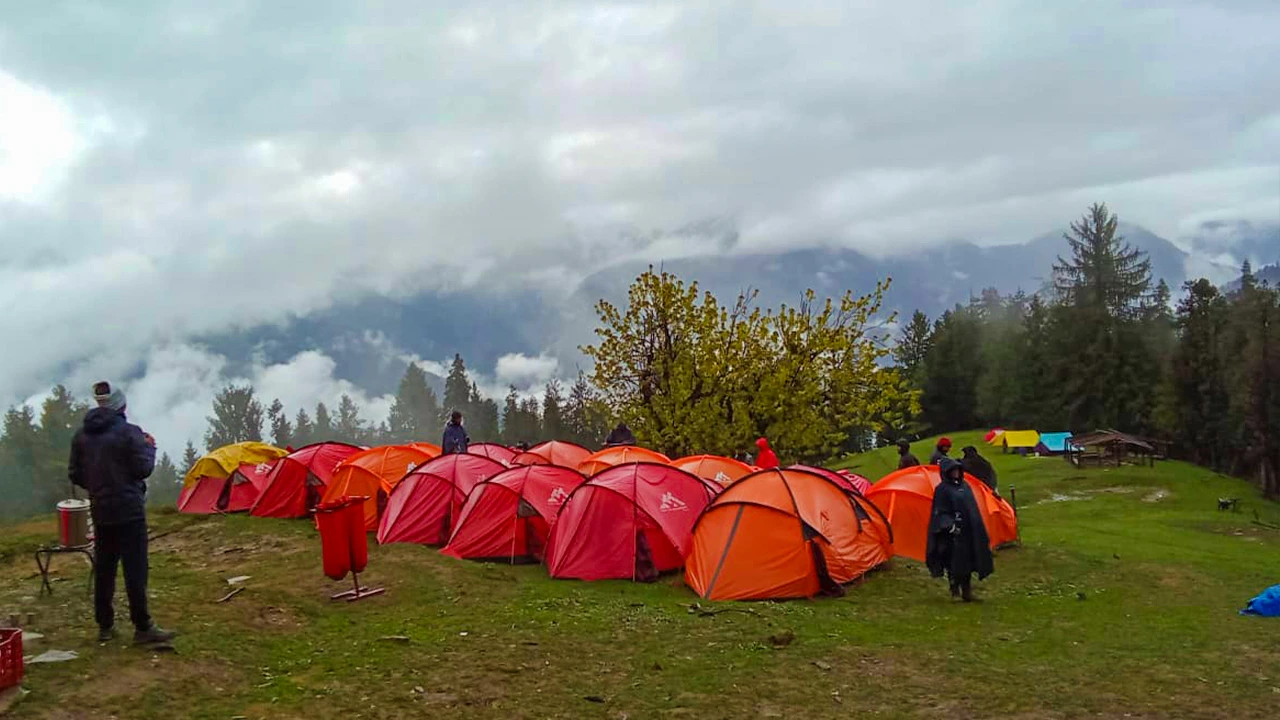
Monsoon season (June to August) is usually not an ideal time period to do the Kedarkantha trek. The month of August experiences way more rainfall than any other month of the year. Clearly, such heavy downpour will pose obstruction and challenges due to slippery trails. Having said so, the monsoon has a unique attraction for some trekkers.
The weather and environment have an interesting charm unto them. The mist and fog transform the usual world around you into a mysterious and serene landscape. The blurry outlines of trees and landforms give an impression that nature is hiding its secrets. This effect gets dramatically magnified on the peaks or higher spots. So come what may the season is, Kedarkantha trek never fails to stun you with its unique offerings around the year.
| Temperature | Average Daytime: 10 to 15 C Average Nighttime: 0 to 10 C |
| Weather | Rainfall, Thunderstorms, winds |
| Attributes | Lush green forests and meadows, waterfalls, streams, mist and fog |
| Who should visit | Adventure lovers, seasoned trekkers |
| Clothing | Warm layers, waterproof jackets and track pants, sturdy shoes with extra grip, trekking poles |
| Difficulty | Moderate to difficult due to slippery trails and heavy rainfall at any instant. |

The autumn season includes the months of September to November. The weather turns fine with temperatures ranging from 0 to 15 degree Celsius. Sandwiched between rainfall and cold winters, autumn months are like a whiff of freshness. The whole landscape sees another transformation. Apart from greenery, the forests also acquire shades of yellow, brown, and red. The damp environment turns drier, bright colors appear everywhere and skies become clearer and bluer. At higher altitudes, the pleasant weather turns the lush meadows even more beautiful.
The autumn’s charm is so profound that views from the top of Kedarkantha trek look stunning more than ever. Right in front of you, there is a breathtaking sight of lush green tree-line and, in the backdrop, you can easily witness the enthralling stretch of towering Himalayan peaks. The placid and serene lake of “Juda ka Talab” will awestruck you in the dazzling environment of autumn.
| Temperature | Average Daytime: 10 to 15 C Average Nighttime: 0 to 10 C |
| Weather | Pleasant, cool, clear skies with good visibility |
| Attributes | Landscape transforms into captivating golden, brown and red colors. |
| Who should visit | Nature lovers, photographers |
| Clothing | Warm layers, thermal innerwear, insulated jackets |
| Difficulty | Easy to moderate |
Picking the Best Season to Explore the Beauty of Kedarkantha
No doubt the Kedarkantha is a breathtakingly majestic trek that unfurls its charm all year round. It has so much to offer in different seasons that it never tells the same story twice. It has a knack of spellbinding the first-timers by giving an unbeaten experience, while making seasoned trekkers equally thrilled and excited.
Well, as far as this trek is concerned, picking the best season doesn’t seem to be an obvious choice. However, from our perspective, winter has an edge here. There’s a reason behind the fact that Kedarkantha trek is also known as “Queen of Winter Treks”. Again, its name usually pops up when you try to find the Best winter trek in India.
Here are the reasons:
Why we consider winter is the best season to explore Kedarkantha trek”:
- Breathtaking Landscape
- An Out-Worldly Tranquil Experience
- Challenging Yet Rewarding Experience
- Majestic Winter Peaks
- A Frozen Wonderland
- Enchanting Sunrise and Sunsets
- Photography At Its Best

As winters ensue, the amazing scenery of the terrain starts appearing. During the peak season, the landscape magically transforms into a snowy paradise. The entire region is covered by a thick blanket of snow. The otherwise green meadows turn into a vast sparkling white canvas of art. The snow-laden forests of cedar and oak take the beauty to the next level.
If you want to heartily experience tranquility and serenity along with mesmerizing natural vistas, Kedarkantha trek is one of the best, particularly in winters. Its peaceful and satisfying isolation is literally soul-stirring. It offers you a perfect opportunity to glance within and enjoy your loneliness, far away from the bustling urban life.
Be that as it may, the winter Kedarkantha trek has its fair share of challenges. You will cross snow-covered trails that are miles long, which might test your endurance and determination. However, overcoming slopes, ridges and slippery tracks also gives you a sense of accomplishment. It becomes more fulfilling when you give yourself a final push and you touch the pinnacle. Thus, no matter what Kedarkantha trek difficulty level is, you will get a rewarding experience in the end.
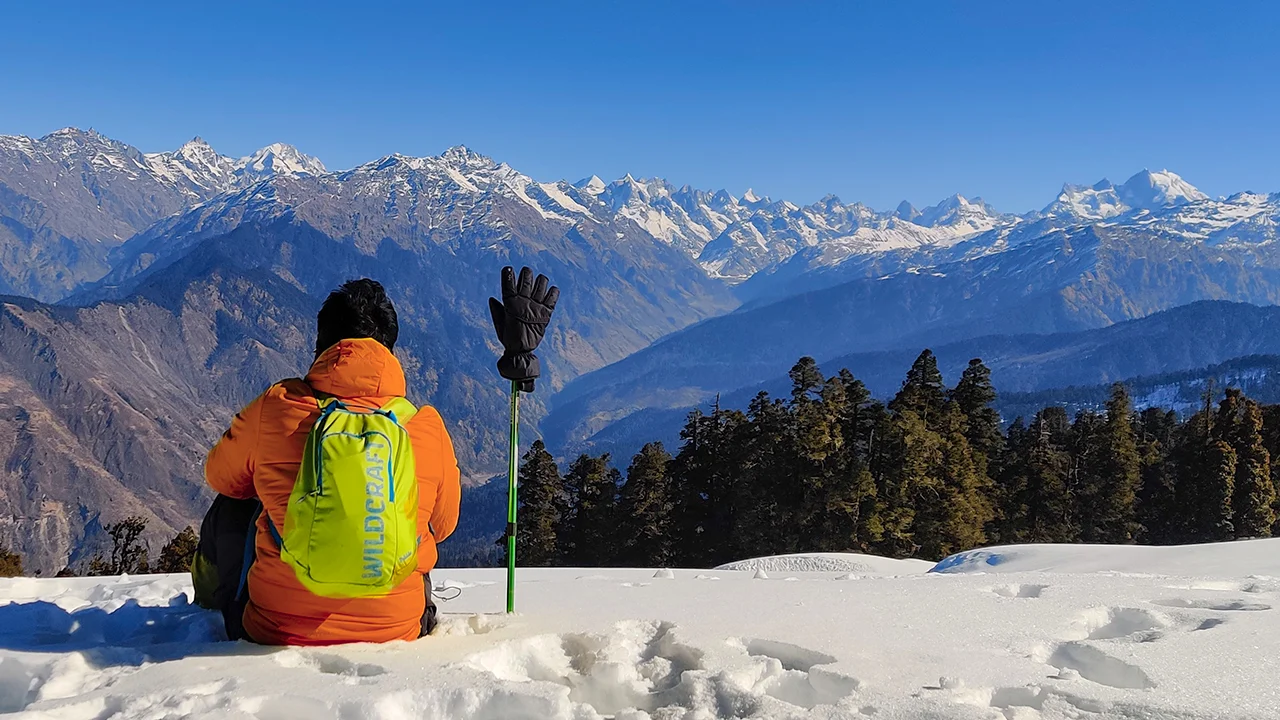
One of the most astonishing and eye-popping moments of your journey happens to be when you reach the top and run your gaze at the snow-clad peaks. It’s almost a 360-degree stretch of towering Himalayan summits right in front of you. It’s a marvelous visual display of giant peaks that are Swargarohini, Bandarpunch, Black Peak, and Draupadi ka Danda 2.
What truly sets this winter trek apart from other Himalayan treks are its absolutely frozen attractions. As you move towards higher elevation, you might come across several frozen streams and waterfalls. The overpowering charisma of winters is such that water freezes into stunningly delicate formations. Similarly, the “Juda Ka talab” lake looks mesmerizing after being completely frozen.
In winters when skies are clear and snow has overtaken the entire terrain, sunrise and sunsets make a jaw-dropping moment for you. The instant when the sun emerges at the horizon, it disperses out its golden aura. And when the surrounding peaks get bathed by its rays, nature appears to be in its full glory. Likewise, sunsets conclude the show with equally magnificent spectacle.

A significant amount of enjoyment that you get on Kedarkantha trek in winters is witnessing its captivating scenery very frequently. That makes it the most befitting time for photography. From start to the end of the journey, every instant is worth capturing in a camera. Snow-draped forests, alluring peaks, expansive meadows, wonderful dusk and dawns, frozen lakes, and endless trails – everything seems awaiting to be seized.
Divine Roots and Spiritual Significance of Kedarkantha
Kedarkantha has deep historical and mythological roots to ancient times. The word is a combination of two terms: “Kedar” (signifies Lord Shiva) and “Kantha” (means throat). That is, “Throat of Shiva”. This place has many stories surrounding it. While it is difficult to proclaim the most credible one, its divine reverence has stood the test of time.
As the first legend goes, Lord Shiva saw Kedarkantha peak as the perfect place for meditation or Dhyana. But when he started meditating here, he was disturbed by a bull that ran past him. Exasperated, he relocated to kedarnath that turned out to be a more secluded and tranquil place.
Another story has a different take altogether. When Pandavas won the Mahabharata War, they wanted to do penance for killing their kins in the battle. To do so, they had to seek Lord Shiva’s blessings. But Lord Shiva didn’t deem the time fit to absolve them and so evaded their presence. Undeterred, the Pandavas tried to pursue him hard only to find that Lord Shiva divided himself into five parts. Since, the throat fell exactly on this place, it started to be known as Kedarkantha.
Juda Ka Talab: This pristine lake, located at the base of Kedarkantha, is also connected to Lord Shiva. According to a legend, this lake serves as a reflection of heaven. It was believed to have been created by Lord Shiva when a droplet of water from one strand of his hair fell on the ground. That one droplet turned into a lake, which is still believed to wash off your sins.
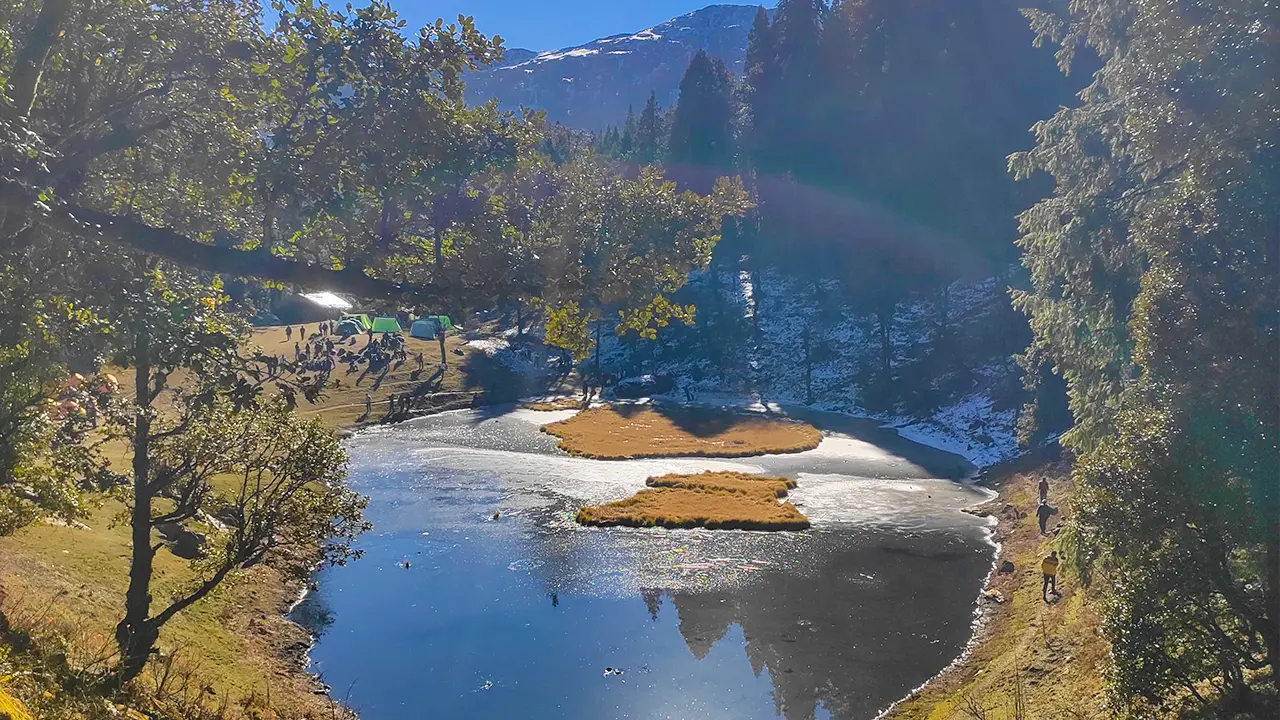
All of these mythological tales shrouding Kedarkantha have a deep connection to its divine value. Therefore, for many, this trek is like a pilgrimage due to its spiritual significance. The regard to Kedarkantha is so profound that ancestors have passed forth these tales to their succeeding generations.
Things to Do in Kedarkantha Trek
If you want to make it a journey for lifetime, the winter Kedarkantha trek apparently has a lot to offer. That is, this remarkable landscape has at least something for everyone. Other than the usual up-down hike, there are other amusing activities that you can delve into.
- Kedarkantha Skiing
- Someshwar Mahadev Temple
- Sankri Zipline Ride
- Camping By the Lake “Juda Ka Talab”
- Immersing in Local Culture
- Wildlife Watching
- Stargazing with Telescopes
One of the most gratifying things you can do here is enjoy skiing. Winter is obviously the proper time to ski and you can reach this resort through Sankri village. Here you will get perfect slopes with breathtaking scenery. This place is one of the most popular destinations for Himalayan skiing. If you are interested, you can enjoy this after returning from the hike, or you can come here one day earlier to fulfill your hobby.
Dedicated to Lord Shiva, Someshwar Mahadev temple is also one of the main attractions of Sankri village. This beautifully constructed temple holds an immense religious value for the locals. They believe that the deity visits 22 villages on different festivals. You should visit this place to experience the peace and divinity for which it is known. You can reach here from Sankri or Saur village.
Another thrilling activity that you can get into is a zipline ride in Sankri village, which is the base camp of Kedarkantha trek. Again, you can enjoy this zipline adventure after the trek by managing your time. Zipline is a bit more adventurous but the thrill is real fun. While riding on this line, you can experience the aerial view of the Saur village just below. Its length is around 700 – 750 metres from one end to another that takes 1 minute to complete.
The mesmerizing lake “Juda Ka Talab” is one of the coolest winter attractions of Kedarkantha trek. The frozen alpine lake with snow-laden forest in the backdrop makes this place perfect for camping. Few experiences match the enigma that feels around this lake. Which is why, camping by its shores is surely an unforgettable experience.
This place has always been so unique because of its pristine Himalayan nature and authentic local culture. This journey can also be an opportunity for you to connect with the native people and know their traditions. With a genuine cross-cultural bond, you can share a lot of things with them. Their folklore and stories are a great source of new insights into this place.

Kedarkantha trek experience offers a great chance to see the diverse wildlife of the region. Being situated inside Govind Wildlife sanctuary, this whole landscape is a rich eco system of several species of plants and animals. So you have a rare opportunity to watch some of the prominent species like Himalayan Monal, golden eagles, musk deer, Himalayan black bear, Himalayan langurs, and mountain leopard. Overall, a good scope for wildlife photography!
Yet another amazing activity to delve into is stargazing experience with telescopes. For those who have a fascination for astronomy, Trek The Himalayas allows you to peek into the vast cosmos filled with stars, constellations, and planets. In addition to the Himalayan beauty, you have a chance to explore the universe as well. The planets that are visible from Kedarkantha top are Venus, Jupiter, Saturn, and Mars. It should be noted that these planets are seen at different time intervals, not simultaneously.
The telescope used by TTH is the Dobsonian GSO 6-inch. It has a large focal length of 1200mm, F/8 with 94% enhanced aluminum coating and 78% more light gathering power compared to a standard 4.5″ Newtonian. Due to this it gives an excellent image quality. It’s so powerful that you can see Saturn rings, Jupiter’s moons, Mars’surface, Moon’s craters, Orion Nebula, and Andromeda Galaxy.
Wrapping It Up
Kedarkantha trek is not just an enthralling trek to visit, but it is more like living an experience for a lifetime. It has a plethora of amazing gems to offer at any time of the year. Winter is especially the time when nature is at its utmost beauty. The magic of snow is seen everywhere. Forests, meadows, water bodies, and peaks – every element gets transformed to make it a dreamy wonderland. There are a lot of other activities to enjoy in Kedarkantha trek in winters.
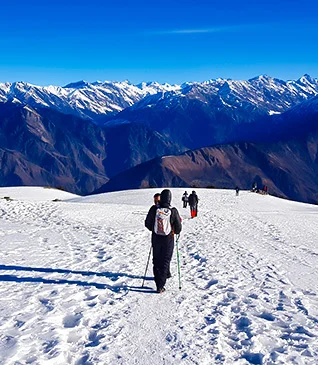


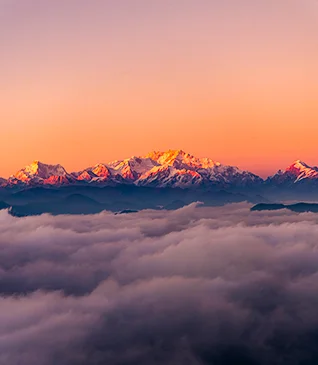

.webp)
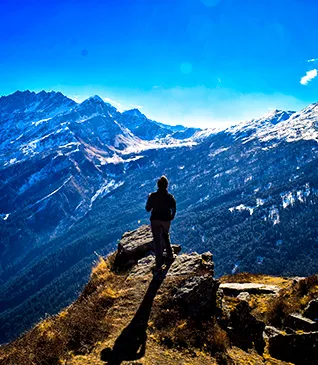
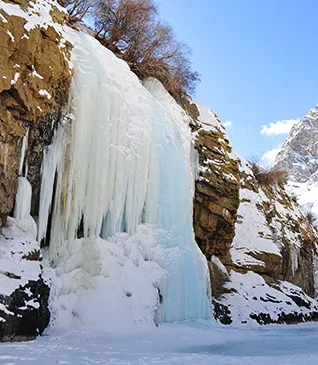
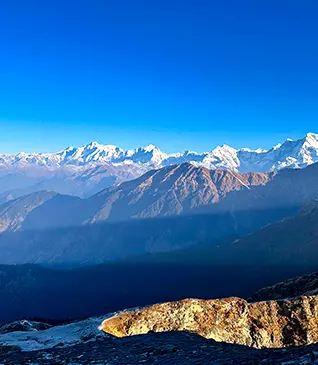

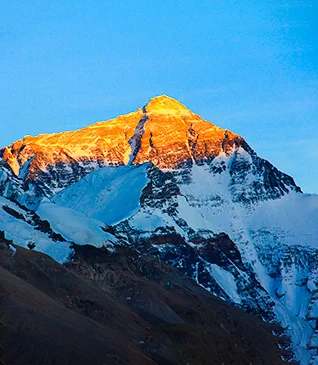
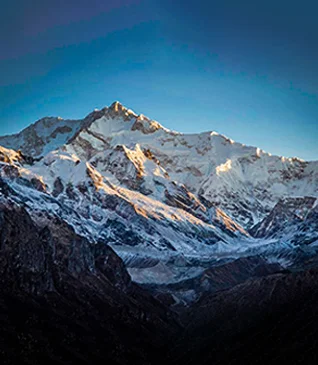
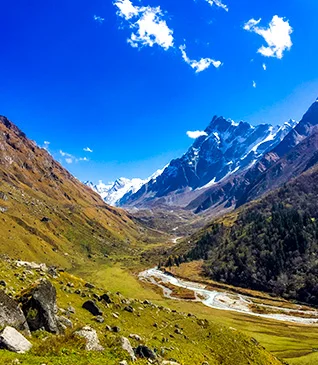
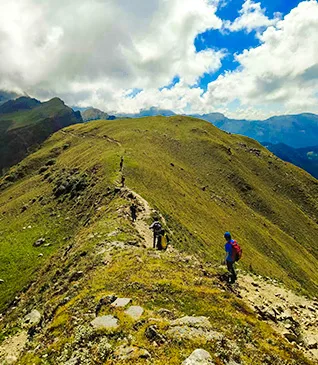
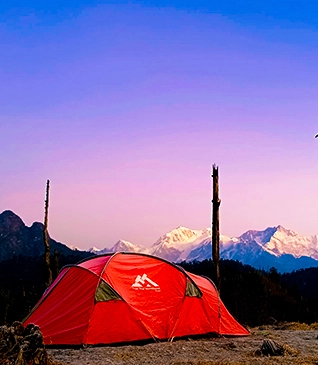

.webp)


